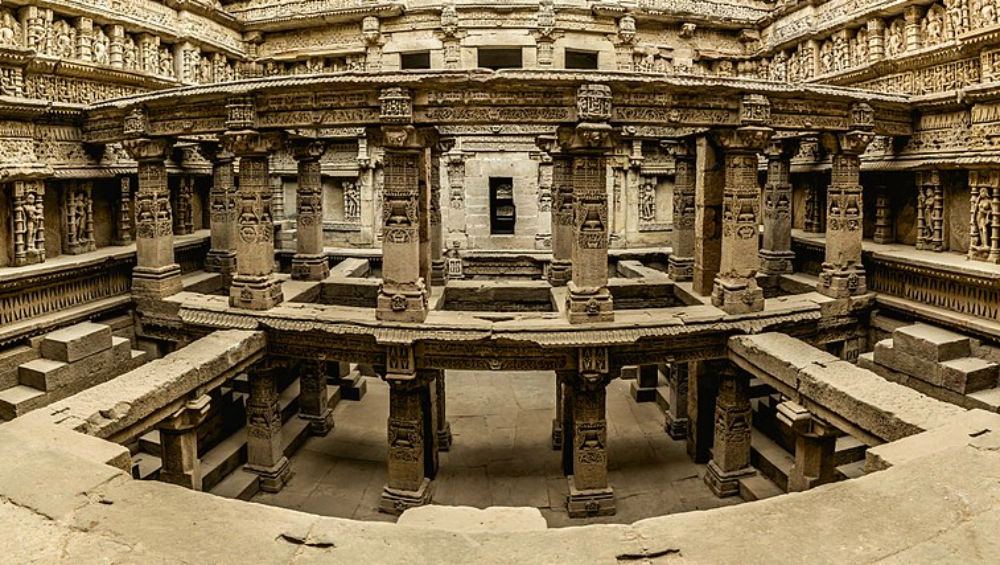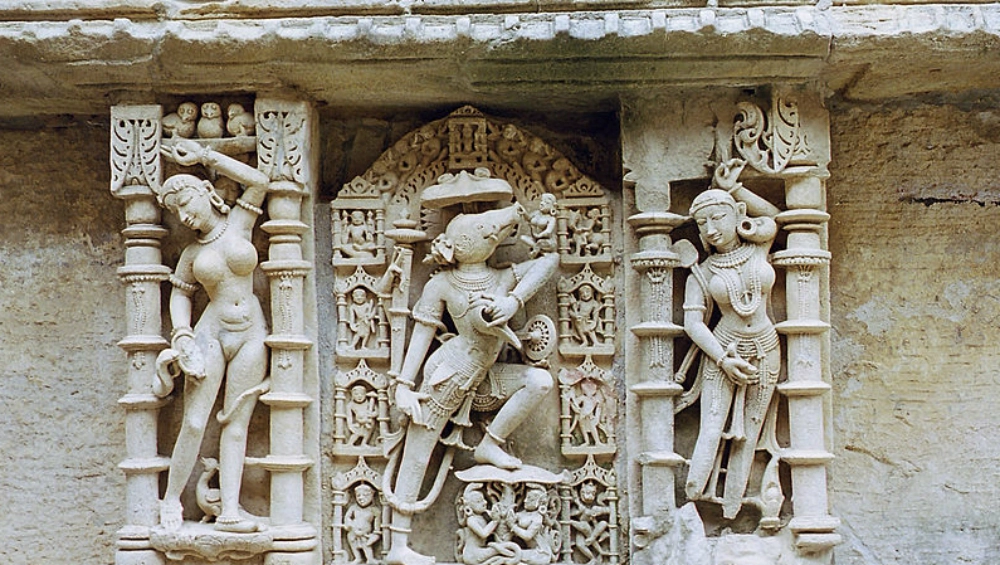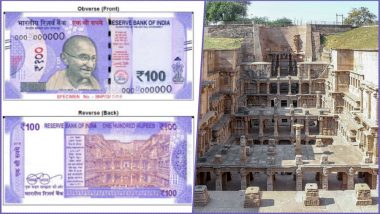The Reserve Bank of India (RBI) is finally set to issue lavender-coloured Rs 100 notes shortly. The new note will be smaller than the present 100-rupee note that is in circulation and will bear the signature of Urijit Patel, Governor of RBI. However, all 100-rupee banknotes in the earlier series will continue to be legal tender.
The new notes will also feature a motif of Rani Ki Vav, a stepwell in the town of Patan, Gujarat. Although a UNESCO heritage site, not many know about the stepwell and may have heard the name for the very first time. Let’s know more about Rani ki Vav, which will grace our Rs 100 notes in the coming days.
What is Rani ki Vav?
Rani ki Vav is a stepwell constructed intricately in the town of Patan in Gujarat, India. It is situated on the banks of Saraswati river. Stepwells are a distinctive form of subterranean water resource and storage systems on the Indian subcontinent. Talking about its unique structure, Rani ki vav was built in the complex Maru Gurjara (ancient Rajasthani art) architectural style with an inverted temple and reportedly seven levels of stairs and holds more than 500 principal statues. The minute and exquisite carvings of this vav are one of the most excellent examples of its kind. There is a small gate below the last step well, with a 30 km tunnel which is at present blocked by stones and mud. Experts say that it used to be an escape gateway for the king who built the step well in the times of defeat. (Twitter jokes and reactions on the new Rs 100 note)
Rani ki Vav, Patan, Gujarat

What makes it even more special and controversial is that the time it was unearthed by the Archaeological Survey of India, the carvings were found in pristine condition. Historians say that Rani ki vav was built as a memorial to an 11th-century king Bhima by his widowed queen Udaymati during the rule of Chalukya dynasty.
Vishnu sculpture inside Rani ki Vav

Seeing its incredible artefacts and beauty, in 2014, the United Nations Educational, Scientific and Cultural Organization (UNESCO) approved this 11th-century wonder as a World Heritage Site. Again, in October 2016, Rani ki Vav bagged the title of ‘Cleanest Iconic Place’ in India at the Indian Sanitation Conference (INDOSAN) in New Delhi.
In 2016, Prime Minister Narendra Modi announced the scrapping of old notes of Rs 1,000 and Rs 500. The objective of introducing new currency notes is being said to be a curb on black money, fake notes and terror financing. The government will launch the new Rs. 100 notes any time now.
What do you think about the new lavender Rs 100 note?
(The above story first appeared on LatestLY on Jul 19, 2018 05:02 PM IST. For more news and updates on politics, world, sports, entertainment and lifestyle, log on to our website latestly.com).













 Quickly
Quickly





















